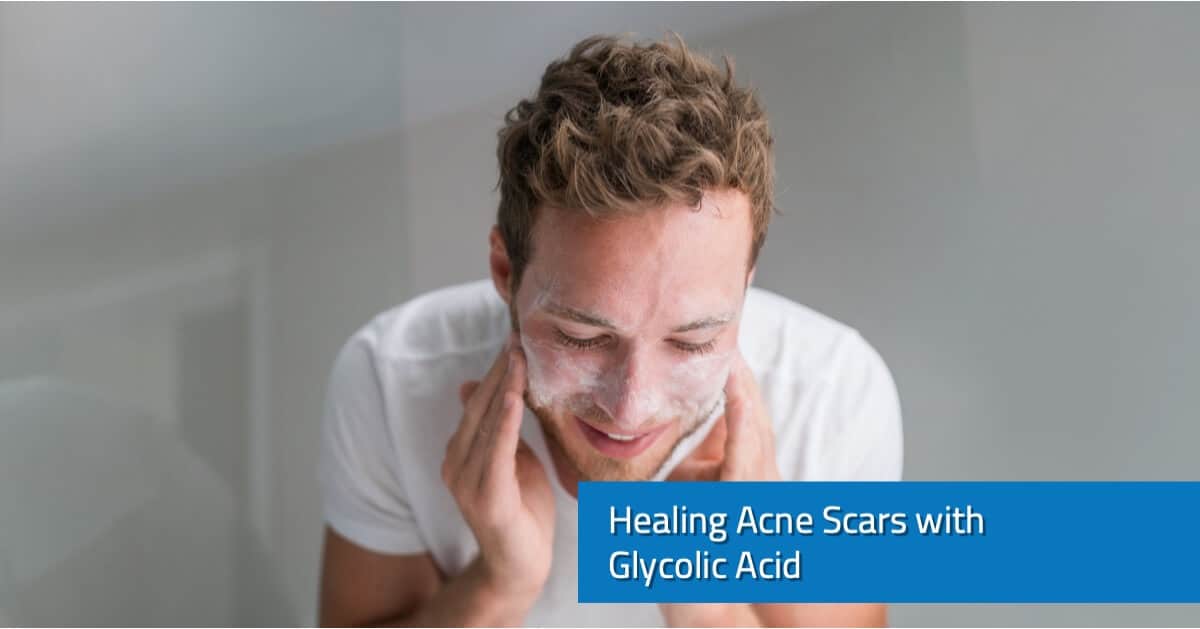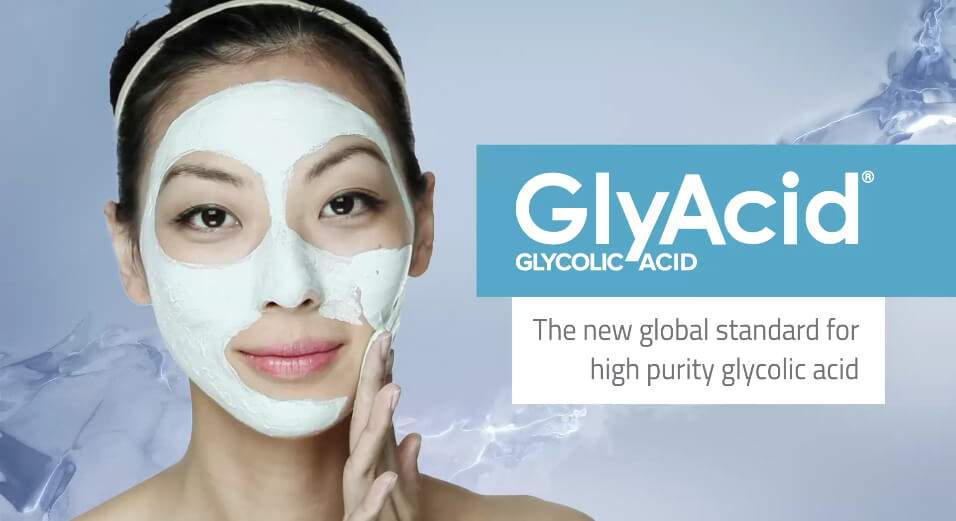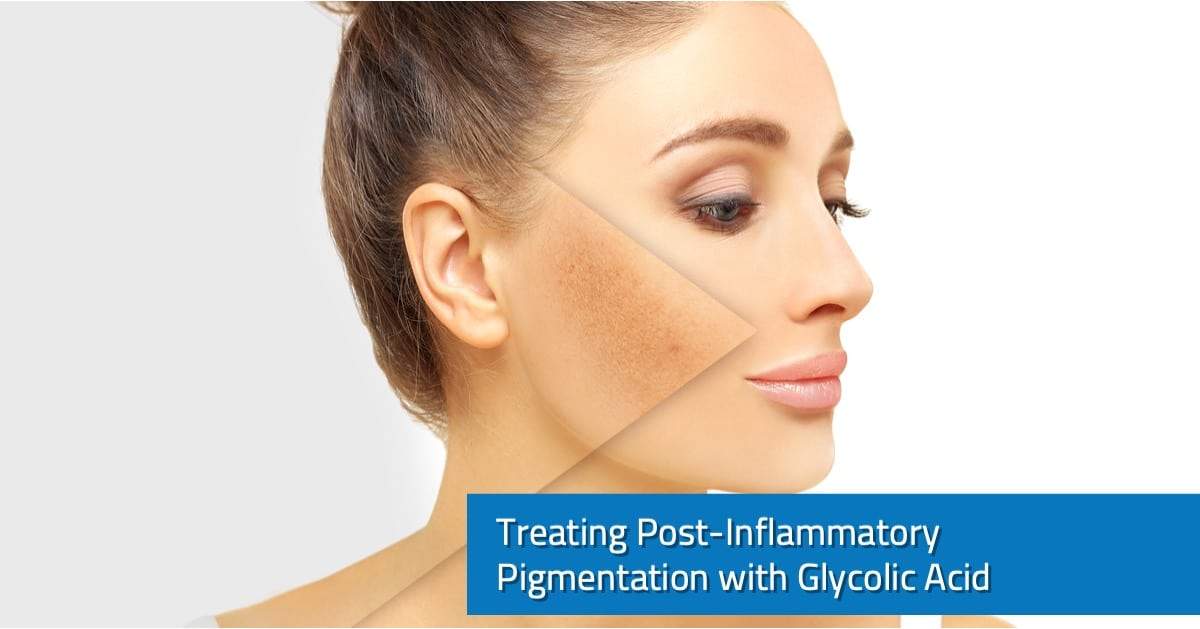Cases of adult acne and increased stress levels thanks to events like the pandemic and other upheavals continue to translate into more breakouts for millions around the globe.
Unfortunately, for many acne-prone consumers, the pain and embarrassment of a breakout do not end after the skin clears up. Acne scars, or the dips and depressions left on the skin post-blemish, are a common after-effect of a breakout. However, there is a simple and effective solution to help reduce acne scars and speed the skin’s recovery process.
“Looking for gentle exfoliation to help fade acne scars, hyperpigmentation, and decrease fine lines? …Glycolic acid can be a lovely addition to your skin care arsenal; especially those in the market for sensitive-skin-approved formulas,” explains Jamie Schneider.
Thanks to the exfoliating, collagen-promoting powers of glycolic acid, it’s the perfect ingredient to help reduce acne scars.
How do acne scars occur?
Acne scars are textural changes and indentations on the skin, and are frequently an unpleasant side effect of intense, cystic acne breakouts. Additionally, many consumers wind up with acne scars after poking or picking at blemishes.
If left untreated, acne scars can take years to go away, or may even last permanently.
However, acne scars don’t need to become a long-lasting or unresolved skincare issue. Instead, use of over the counter glycolic acid skincare products can help to quickly and effectively speed up the skin’s recovery process and reduce the appearance of a scar.
“Glycolic acid peeling is an effective modality for the treatment of atrophic acne scars…Long-term daily use of low-strength products may also have some useful effects on scars and may be recommended for patients who cannot tolerate the peeling procedure,”
Lessening scars with glycolic acid
Glycolic acid can help consumers efficiently and quickly reduce the appearance of acne scars, thanks to the exfoliative capabilities of this “superstar ingredient.”
As the most lightweight Alpha Hydroxy Acid, glycolic acid is best at permeating the outermost layer of the skin. The small size and weight of glycolic acid allows the molecule to quickly work to dissolve the “glue” holding damaged skin cells together. Over time, continual use of glycolic acid can actually help to flatten out or smoothen the textural changes of an acne scar.
Additionally, glycolic acid is best for acne scar treatment formulations, due to its ability to drive new skin cells to the surface of the face. This consistent spurring of new cells helps the skin repair itself more quickly, and can reduce the overall longevity of an acne scar.
Supporting collagen promotion
Finally, glycolic acid can help reduce the appearance of acne scars through its ability to boost collagen production. Collagen encourages the growth of new cells and is essential to keep the skin smooth, firm, and healthy.
In a recent study published in Dermatologic Surgery, researchers discovered that both epidermal and dermal collagen gene expression increased in glycolic acid-treated skin, as compared to the control-treated skin.
Glycolic acid also supports the creation of glycosaminoglycans, which play a vital role in cell signaling processes like regulation of cell growth, proliferation, promotion of cell adhesion, anticoagulation, and wound repair.
A winning treatment for acne scars
Acne and breakouts should not leave permanent scars on the face if there’s a treatment that can help.
For consumers seeking treatment for textural changes to their skin and acne scars, frequent, regular use of glycolic acid is critical for faster, more efficient recovery.




